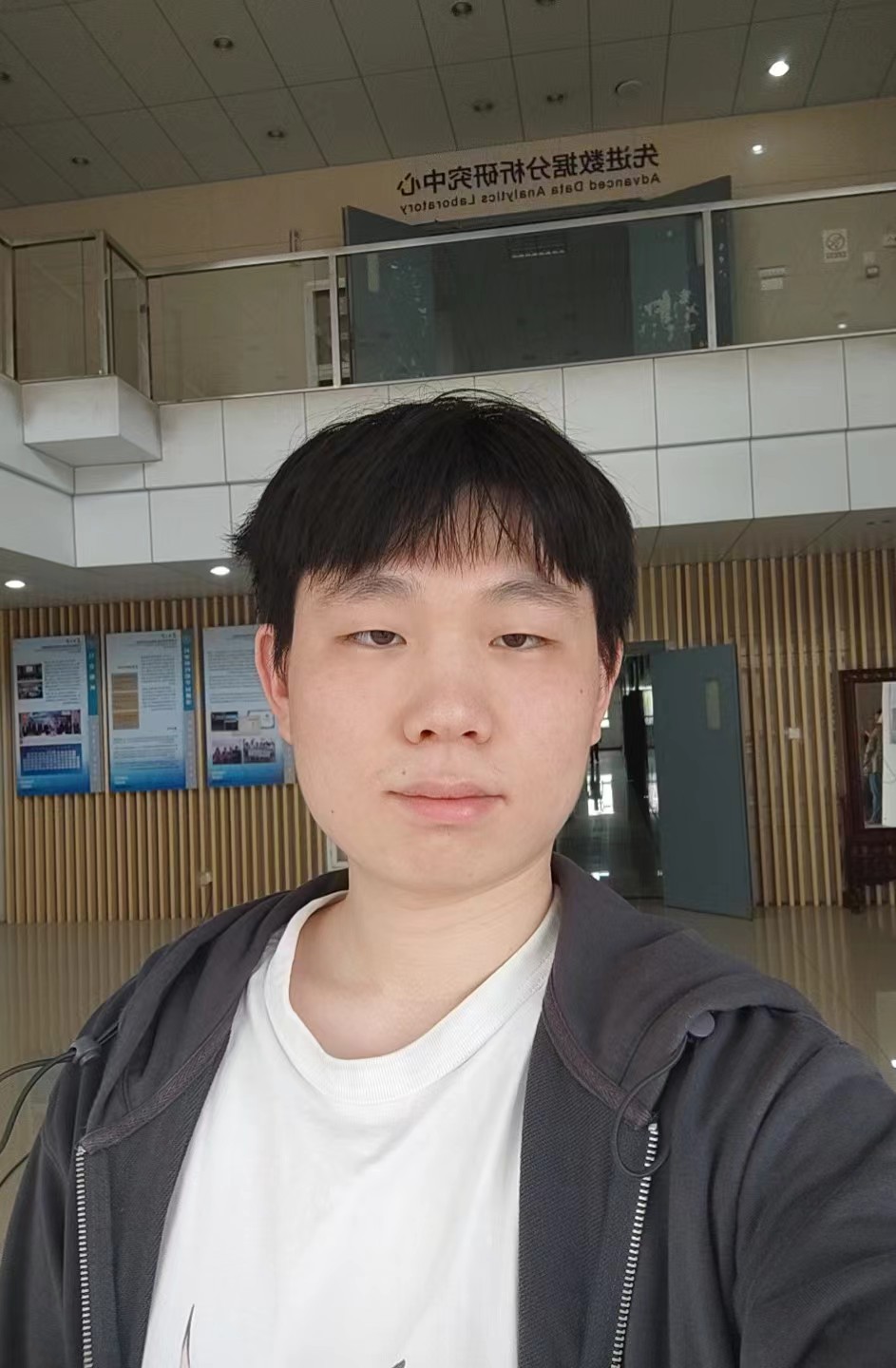Projects
Huawei - Map-Matching Project for Cellular Trajectories with High-Positioning Errors (2020.5–2020.11)
Objective: Aligning high-noise cellular trajectories to the road network to recovery the routes traveled by users.
- Reproduce a map-matching algorithm based on the Hidden Markov Model (HMM) using Python.
- Migrated the code to the Scala+Spark big data platform to ensure scalability.
- Developed a custom visualization frontend for map-matching and adjusted parameters based on experimental results.
- Innovated a detour detection algorithm and integrated it into the existing HMM algorithm.
- Enhanced the HMM-based map-matching algorithm using machine learning techniques.
- The finished project was successfully delivered to Huawei and has been deployed on a mobile carrier’s platform.
In my work on Huawei’s map-matching project, I effectively managed map-matching for high-positioning cellular trajectories. My contributions led to significant improvements in matching accuracy. This project was ultimately completed successfully and implemented by a notable mobile operator. I take pride in my capability to drive projects from conception through to application.
Wangjin - Big Data Query Platform (2021.1–2021.4)
Objective: Establish a big data query framework to facilitate concurrent distributed database queries.
- Constructed a collaborative framework and utilized tools such as coding and git to create a software delivery pipeline.
- Set up the Spark and Hadoop environments required for project testing.
- Employed Scala to build the project skeleton and wrote database functions along with common functions.
- The completed project was successfully delivered to Wangjin and officially concluded. It is currently deployed on a government legal affairs department platform.
OPPO - User Internet Experience Prediction (2023.4–2023.5)
Objective: Predict user internet experience within apps based on network conditions on the user side.
- Conducted data analysis and feature engineering based on user-side network features such as RTT latency, number of discarded packets at the uplink PDCP layer, etc.
- Deployed integrated learning and deep models on the mobile end with a runtime memory of no more than 3M and CPU usage of less than 1%.
